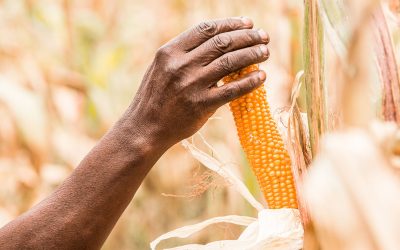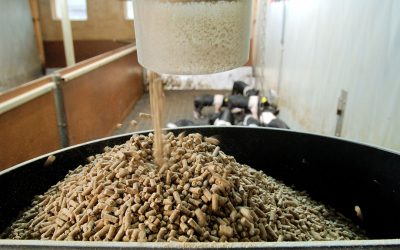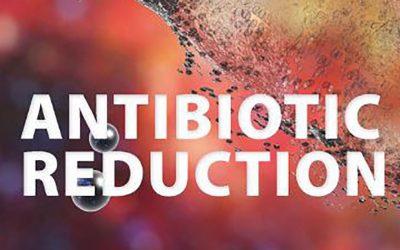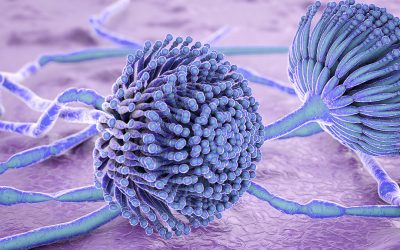What does the melamine contamination case tell us?
The recent tragedy amongst pet owners when thousands of dogs and cats fell ill and many died – presumably due to melamine or the combination of melamine and its related components in their food – once again placed the focus squarely on the safety of all animal feeds and the importance of effective quality control.
The recent tragedy amongst pet owners when thousands of dogs and cats fell ill and many died – presumably due to melamine or the combination of melamine and its related components in their food – once again placed the focus squarely on the safety of all animal feeds and the importance of effective quality control.
Although South Africa is part of the developing world where one expects that food security rather than food safety would receive more attention, the country did not escape the global media attention and was put under the spotlight when melamine contaminated ingredients entered our feed chain.
Whether one is part of a developed or developing industry, there is often not much one can do and our industry will continue to face various threats that require re-evaluation of the way we do business and take even more responsibility for the products we produce.
The question is however, how much can we really do and who will pay for all of the preventative actions?
As long as we have been feeding animals, harmful components have been something the animal feed industry has had to deal with. However, in the past the industry was fortunate not to be targeted by aggressive media coverage and better informed consumers who are now sceptical about almost everything they eat. But now, we are suddenly more aware of it.
Melamine has been just a simple example and reminder of one possible toxic compound amongst thousands that can enter the feeds that animals consume.
It is often impossible to identify such compounds before significant damage has already been caused. In fact, these incidents almost never hurt human consumers of animal products, sometimes may affect animal well being, but more likely affect the image of cautious feed producers, most of whom are innocent of any wrongdoing.
The introduction of proper regulation, traceability and quality assurance systems throughout the production chain and joint efforts by the overall industry in creating early warning systems are often as much as we can do. It is the most effective way to cope with the different threats and media attention our industry keeps on facing.
Feed ingredients are continuously being scrutinised and controlled and potential sources of contamination are being sought and, if possible, identified so that preventative measures can be applied.
As much as we want to, there is no more we can do. Any suggestions to do more, especially about the unknown, and still ensure cost effective production of food will be appreciated.
Whether consumers want to hear that or not, they can be assured that another food scare will happen again sometime in the future.
Next time it will be just a new and different harmful component, because, once a problem component has been identified it is the one component consumers have to be the least concerned about.
Within a very short space of time systems and procedures are usually in place to prevent any further possibility of contamination of that same component entering the feed and food chain.











